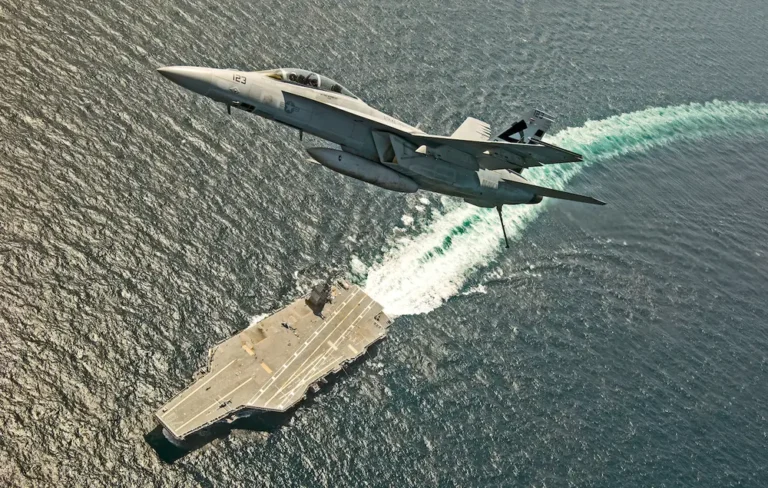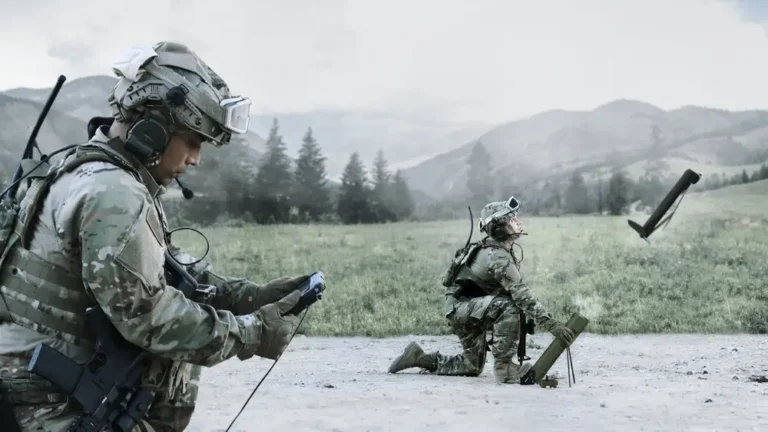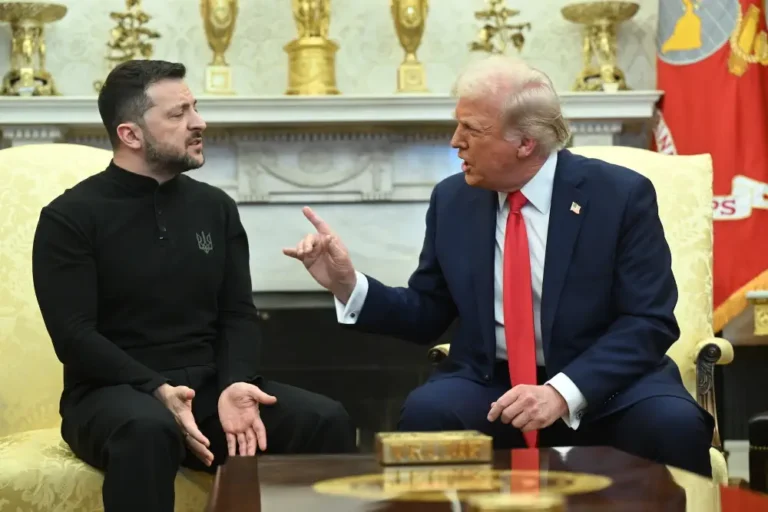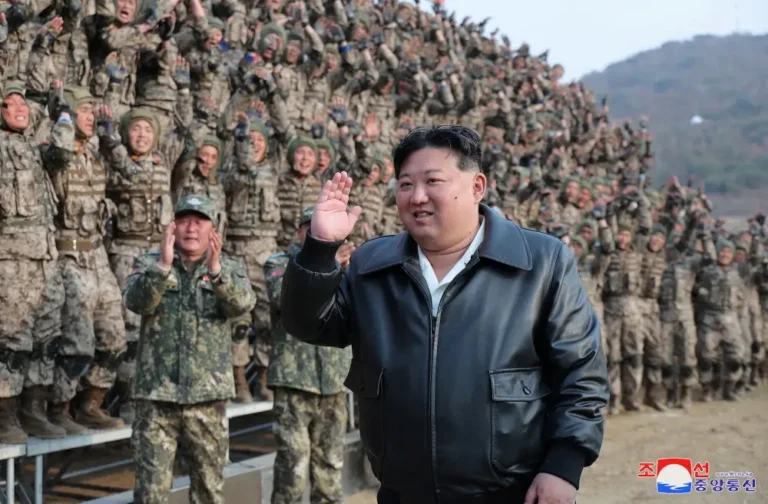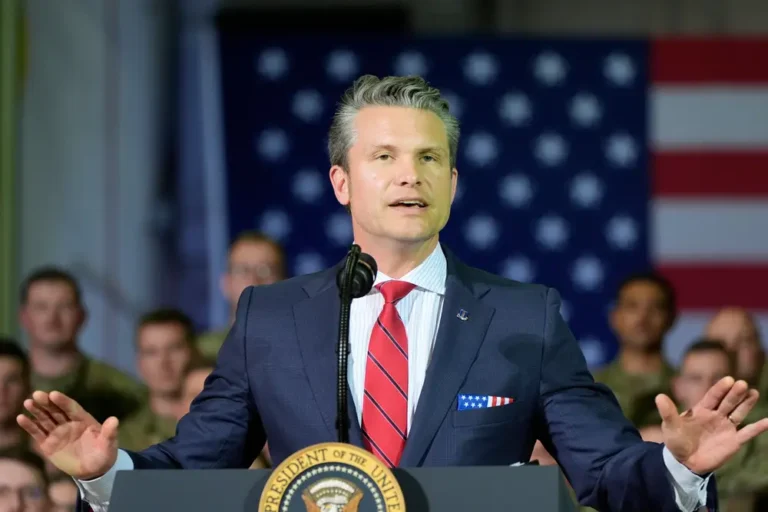Ukrainian F-16 fighter pilots have had to dramatically change the way they fly after long flying Soviet jets, and it’s a lot to overcome.
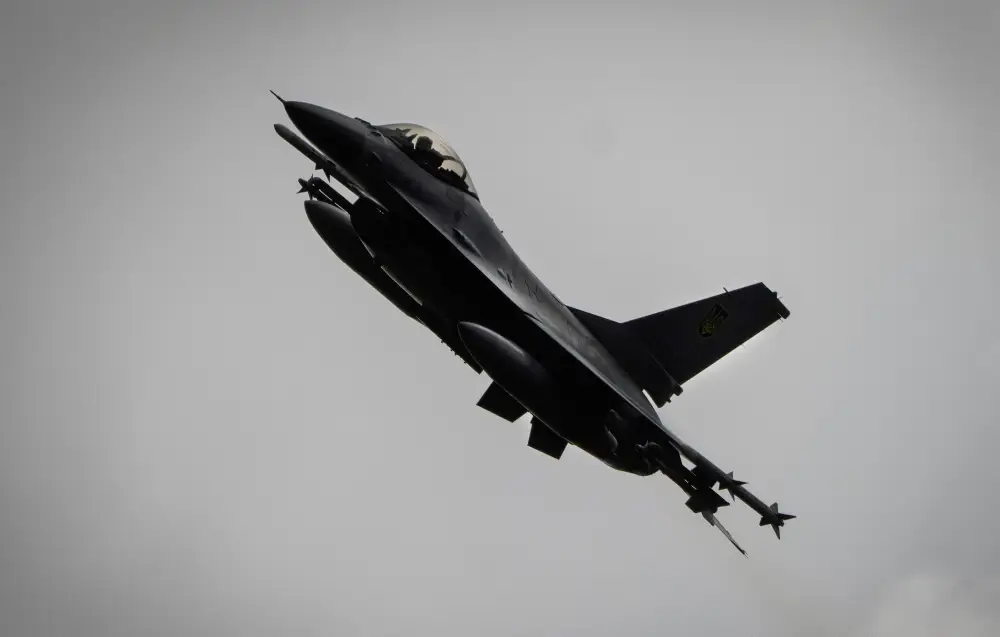
A Ukrainian air force F-16 fighter jet in an undisclosed location in Ukraine in August.
Ukraine’s F-16 pilots have had to dramatically change the way they fly in a very short period of time in order to fight Russia, and it’s a tremendous challenge for pilots when they’re under pressure, an air-warfare expert told B-17.
Michael Bohnert, an engineer at the RAND Corporation, told B-17 the big changes Ukrainian pilots have had to make so quickly made it difficult for them to overcome old habits and muscle memory in a crisis.
Ukrainian pilots were given roughly nine months of training in the US and some European countries, while most Western pilots are given three years to learn the jets, The Associated Press reported.
And more broadly, Ukraine’s air force is having to rapidly undergo a wider transition that its international partners took significantly longer to do. Across the board, Ukraine’s military has had to adapt to new weapons and fighting styles on wild timelines, and the results have been mixed. It’s far from an easy task, and in a fight, it’s easiest to revert to what you know best.
Before the F-16s first arrived in Ukraine in August, the country’s fighter fleet consisted only of much older, Soviet-era aircraft. Those older jets have hydraulic systems, while F-16 jets are fly-by-wire, which means computers process the input by pilots.
“What it means is that F-16s are not just more maneuverable, they’re more responsive,” Bohnert said.
“And transitioning pilots from the older to the newer is a problem because you can teach someone to fly a plane in six months to a year. But to teach them that muscle memory to know what to do when something goes wrong takes four or five, six, takes many more years,” Bohnert said.

Ukrainian President Volodymyr Zelenskyy in front of the first F-16 fighter jets received by Ukraine.
He said it was difficult for pilots to retrain on such radically different jet types because “if something’s going wrong, your muscle memory reverts back to something that’s older.”
It could be overcome with more and more time on simulators, he added — but Ukraine’s military doesn’t have much time to spare.
A challenging task for Ukraine’s pilots
Ukrainian pilots have praised the combat power of their new F-16s compared with the older jets but have also noted how big a transition they’ve been.
A Ukrainian pilot with the call sign “Moonfish” earlier this year called it “a really awesome jet to fly,” saying it was much easier. He compared the change to upgrading from a basic phone like a Nokia “straight to an iPhone, without all those steps in between.”
In an interview with Politico, Tom Richter, a former US Marine pilot who flew F-16s for the National Guard, called the jet “a sensitive beast” compared with Ukraine’s Soviet-era aircraft.
The reality that Ukrainian pilots are new to F-16s was acknowledged by Gen. James Hecker, commander of US Air Forces in Europe and NATO Allied Air Command, in September when he said Ukraine was not using the jets for the riskiest types of missions because “the pilots are new to it.”

A Ukrainian air force F-16 fighter jet in an undisclosed location in Ukraine.
Two American air-warfare experts said in July that the transition to F-16s and the integration of these weapons into the combat operations of the Ukrainian military required Ukraine to overhaul decades of Soviet doctrine and training.
“Old habits die hard. They must be willing to embrace new concepts and training — as well as a willingness to ‘rewrite the books’ on military employment,” the Mitchell Institute’s David Deptula and Christopher Bowie wrote in a report this past summer.
Changes in militaries don’t usually happen overnight. Bohnert noted that the transition to fly-by-wire aircraft took years for Western air forces and “there were still accidents and unhappiness.” The Ukrainians don’t have that kind of time, though, and are under much greater pressure to adapt much faster.
And Ukrainian pilots have risen to that great challenge. An internal US Air Force assessment from last year said two Ukrainian pilots proved they could complete the training for the F-16 in just four months — more than four times as fast as what the Pentagon had predicted.
But as former US military pilots warned in interviews with B-17 in April, the contested skies above Ukraine will be the most dangerous battlefield that F-16s have ever faced.
Though causes remain unknown, Bohnert said inexperience on the new fighter jet might have been a factor when an F-16 crashed in August while defending against a Russian attack. In that fatal incident, both the jet and Ukrainian Air Force pilot Oleksiy Mes were lost.

A farewell ceremony for the Ukrainian F-16 pilot Oleksiy Mes in Shepetivka, Ukraine, at the end of August.
The loss could have also been the result of a mechanical failure on the aging aircraft, or friendly fire could have caused it as Ukraine works to get all of its combat systems, a hodgepodge of equipment, working smoothly together. Ukraine hasn’t given a reason for the loss, but the investigation considered these possibilities.
Ukraine’s F-16s are limited
Air-warfare experts previously told B-17the F-16s weren’t likely to be major game changers but would help Ukraine replenish lost aircraft, protect cities and other targets, and potentially allow Ukraine to launch new raids in the air.
The jets Ukraine is receiving, though a capability jump over its Soviet-era planes, are older F-16s without some of the newer upgrades. Bohnert described the fighters as “older airframes with not a lot of life left,” though he said that “doesn’t mean they’re bad.” Still, they’re not a match for Russia’s better jets or its formidable air defenses.
A bigger problem is that Ukraine wasn’t given enough of the jets to use them like the West does and make a substantial difference.
Denmark, Norway, Belgium, and the Netherlands have pledged more than 85 F-16s to Ukraine. Only a handful were delivered in August. Roughly 20 of the fighters are expected to be delivered to Ukraine by the end of this year.

Ukrainian F-16s in an undisclosed location in Ukraine.
Ukrainian President Volodymyr Zelenskyy, who said in July that his country wasn’t getting enough new jets, said last month that there were plans to increase Ukraine’s number of jets and trained pilots. He offered no details, however.
Partners have hamstrung Ukraine in how it uses Western weapons, and those limitations may prevent it from leveraging the F-16’s capabilities in the way it could have without restrictions. But limited airframes and trained pilots are big issues.
Politico reported in June that not enough pilots were being trained for the jets Ukraine was promised. The outlet said partner nations had fewer training spots than Ukraine did jets and pilots ready to be trained. The delays in getting this program spun up have been detrimental.
Ukraine began asking for F-16s shortly after Russia invaded more than 2 ½ years ago. But the US, which has to give permission for the jets it manufactured to be donated even by other countries, was long reluctant.
Keir Giles, a senior consulting fellow at Chatham House’s Russia and Eurasia Programme, said last month that the delay in meeting Ukraine’s demands meant “Russia has been given ample time to plan for the appearance of Ukraine’s new aircraft type and adapt to it.”
Ukraine, on the other hand, is still setting up its new F-16 program and trying to resolve issues with pilot training and integrating the jets into Ukraine’s military.
Michael Clarke, a Russia and Ukraine expert who’s also a British national security advisor, told B-17 this summer that “if the West donated F-16s a year earlier, then most of these problems would be solved by now.”
He also said that if more planes weren’t on the table, then “in terms of defending Ukrainian airspace and being able to deal all the way across the front with Russia’s numbers, the F-16s are a long way from being able to do that.”
Challenges, limitations, and restrictions aside, air-warfare experts still say the jets are a positive for Ukraine.
Retired US Army Maj. Gen. Gordon “Skip” Davis, who was NATO’s deputy assistant secretary-general for its Defense Investment Division, told B-17 that Ukraine’s F-16s “are making a difference now” and that more arriving “will help them make more of a difference.”

